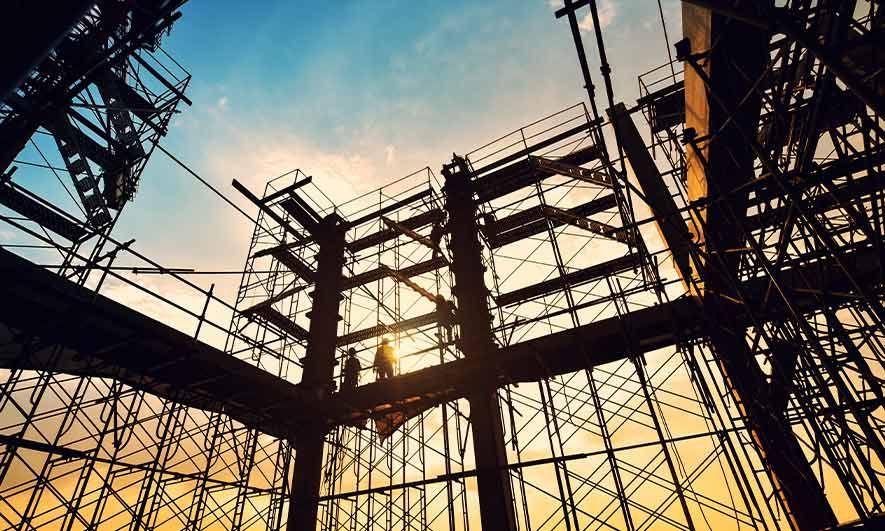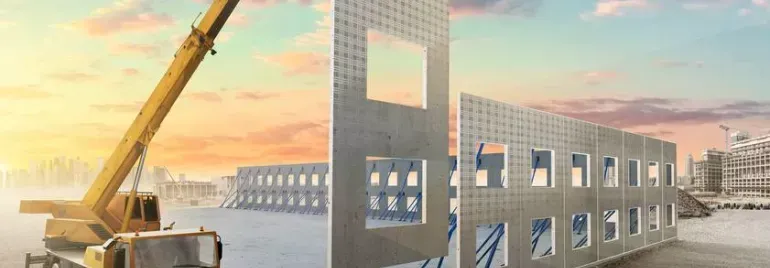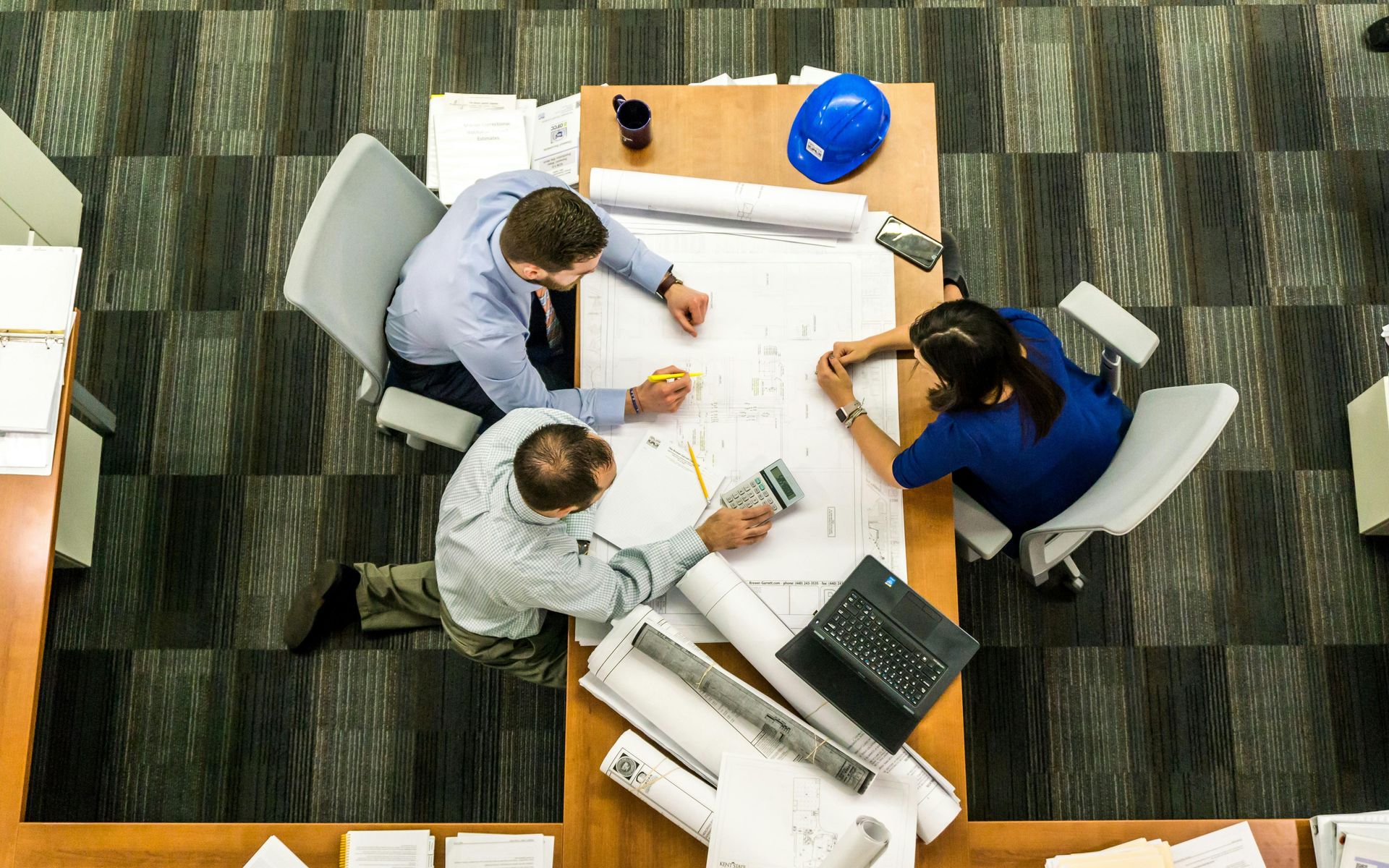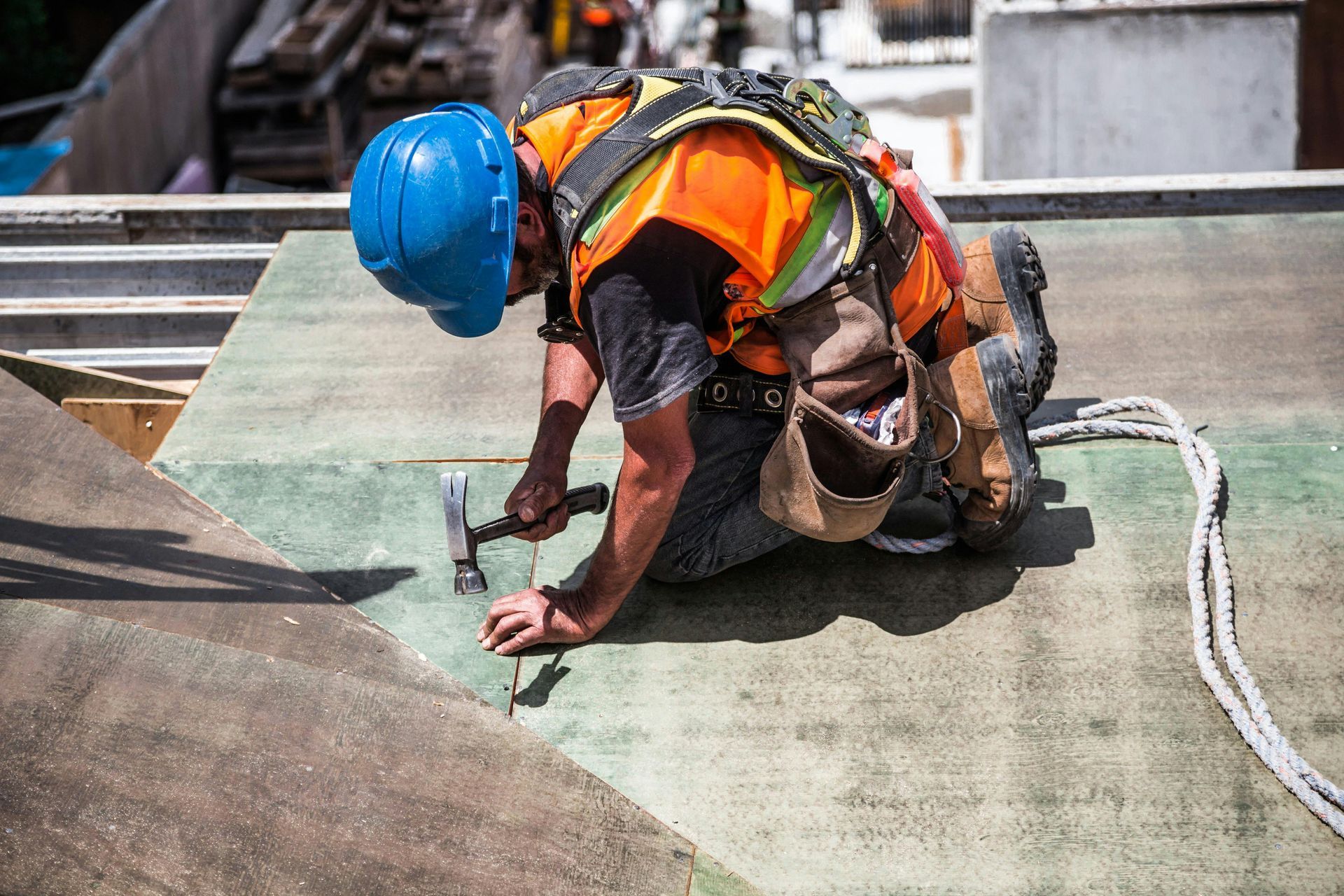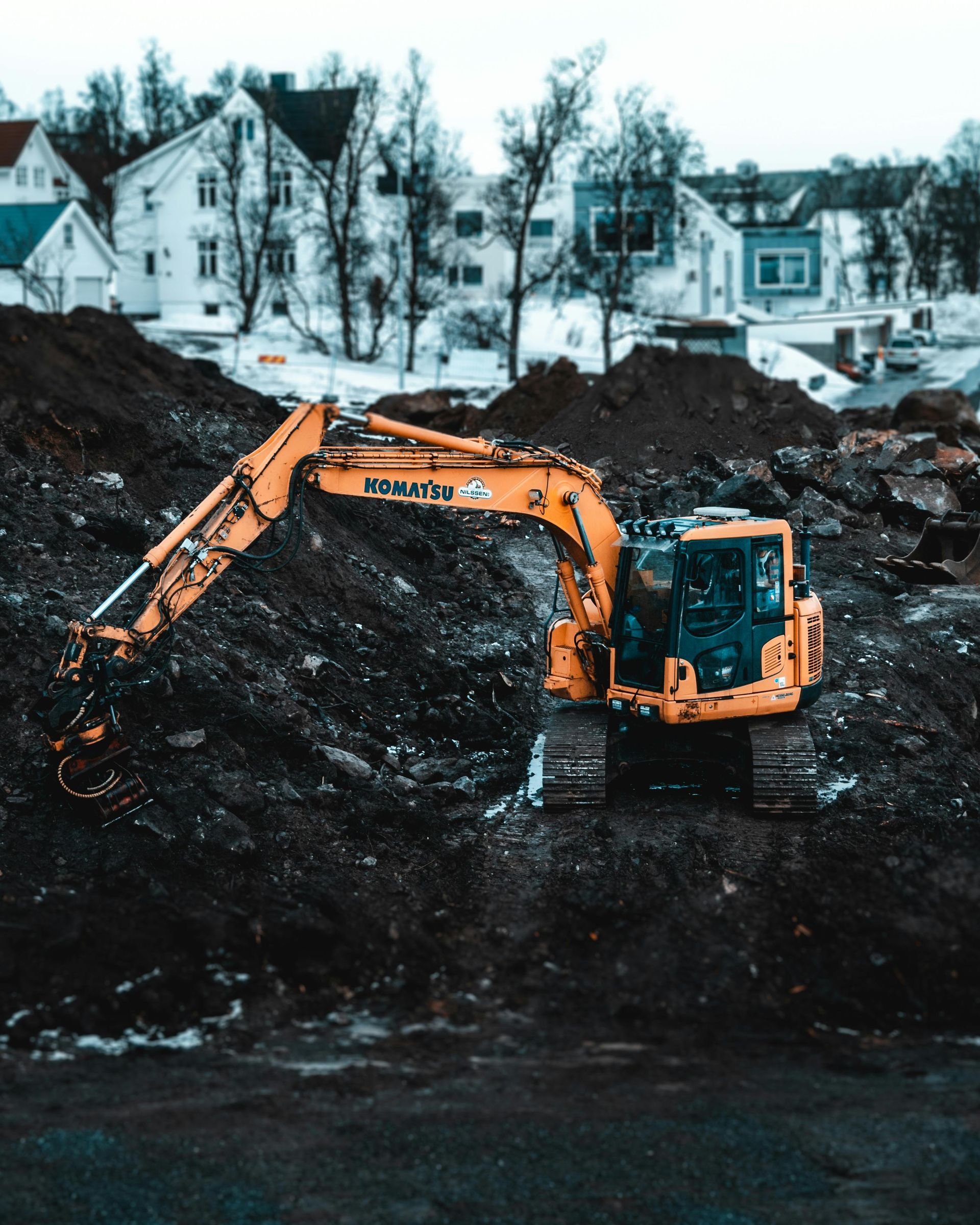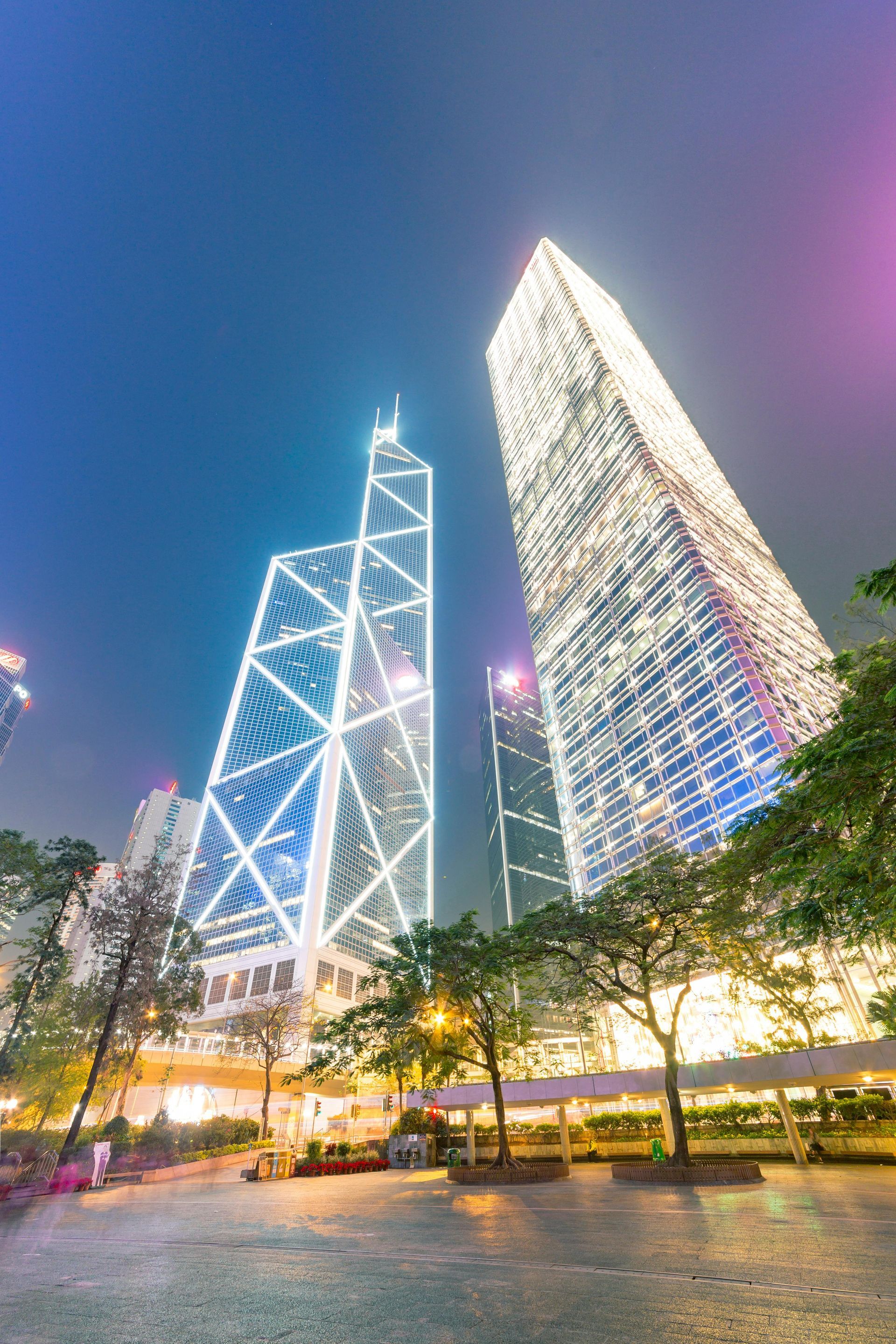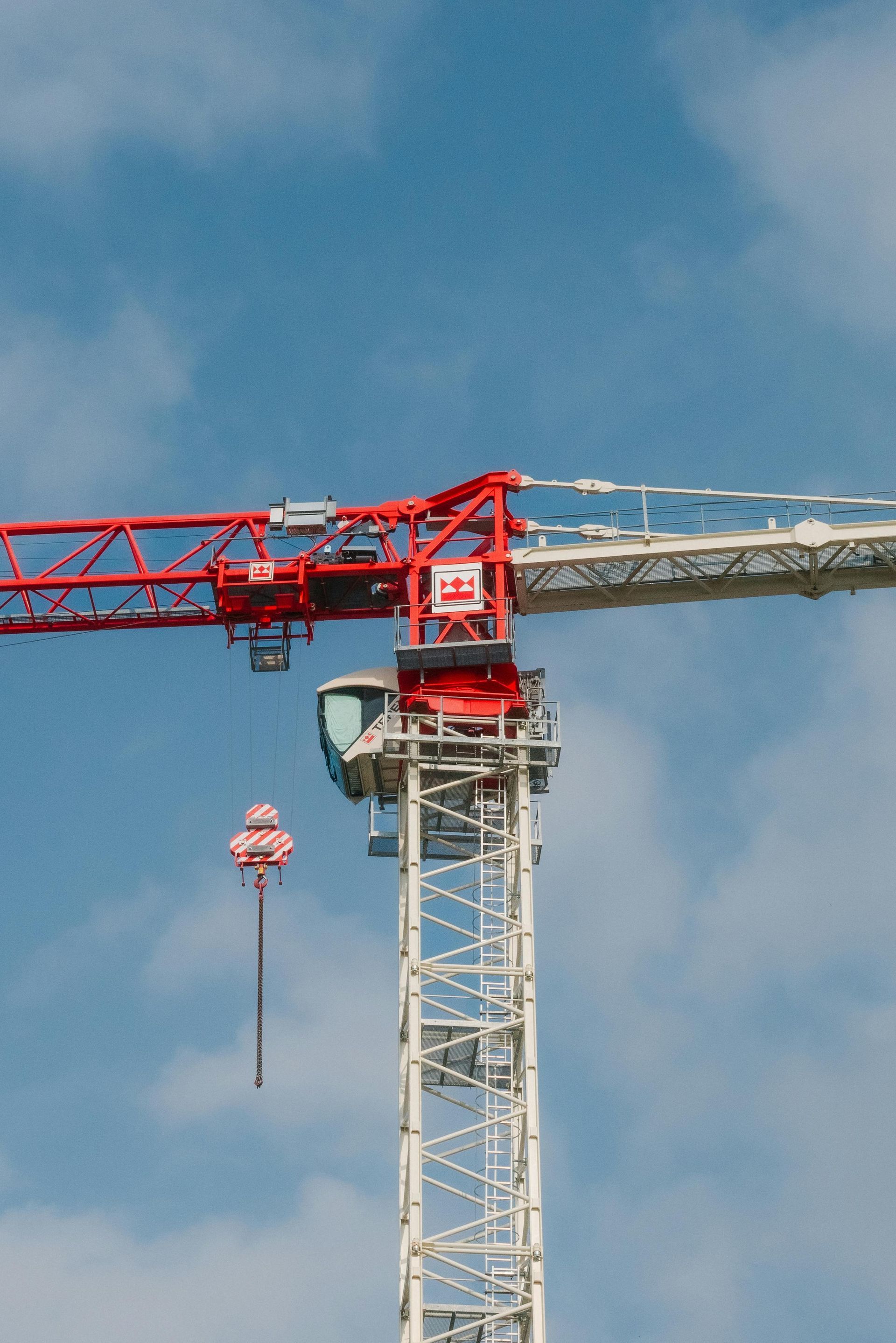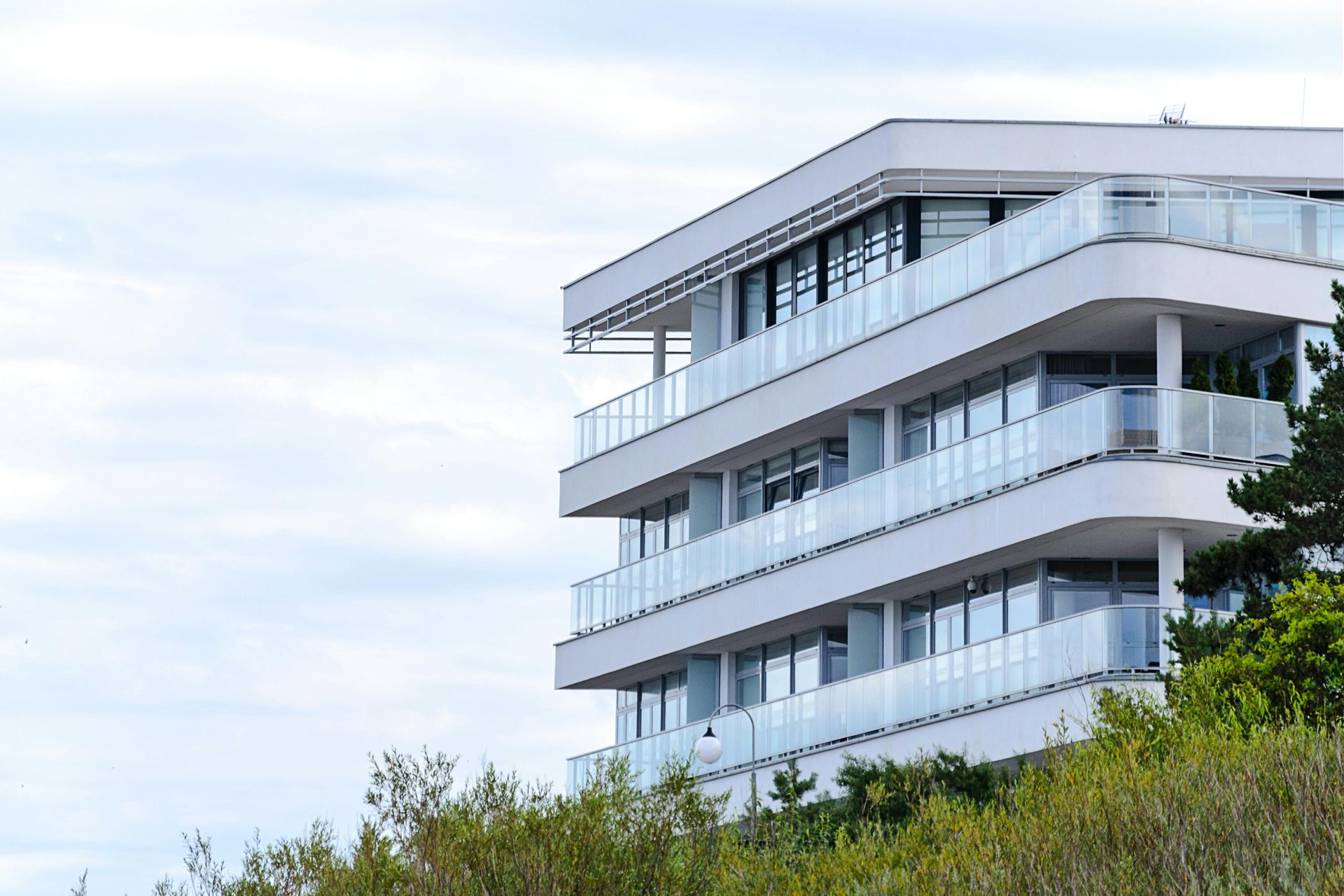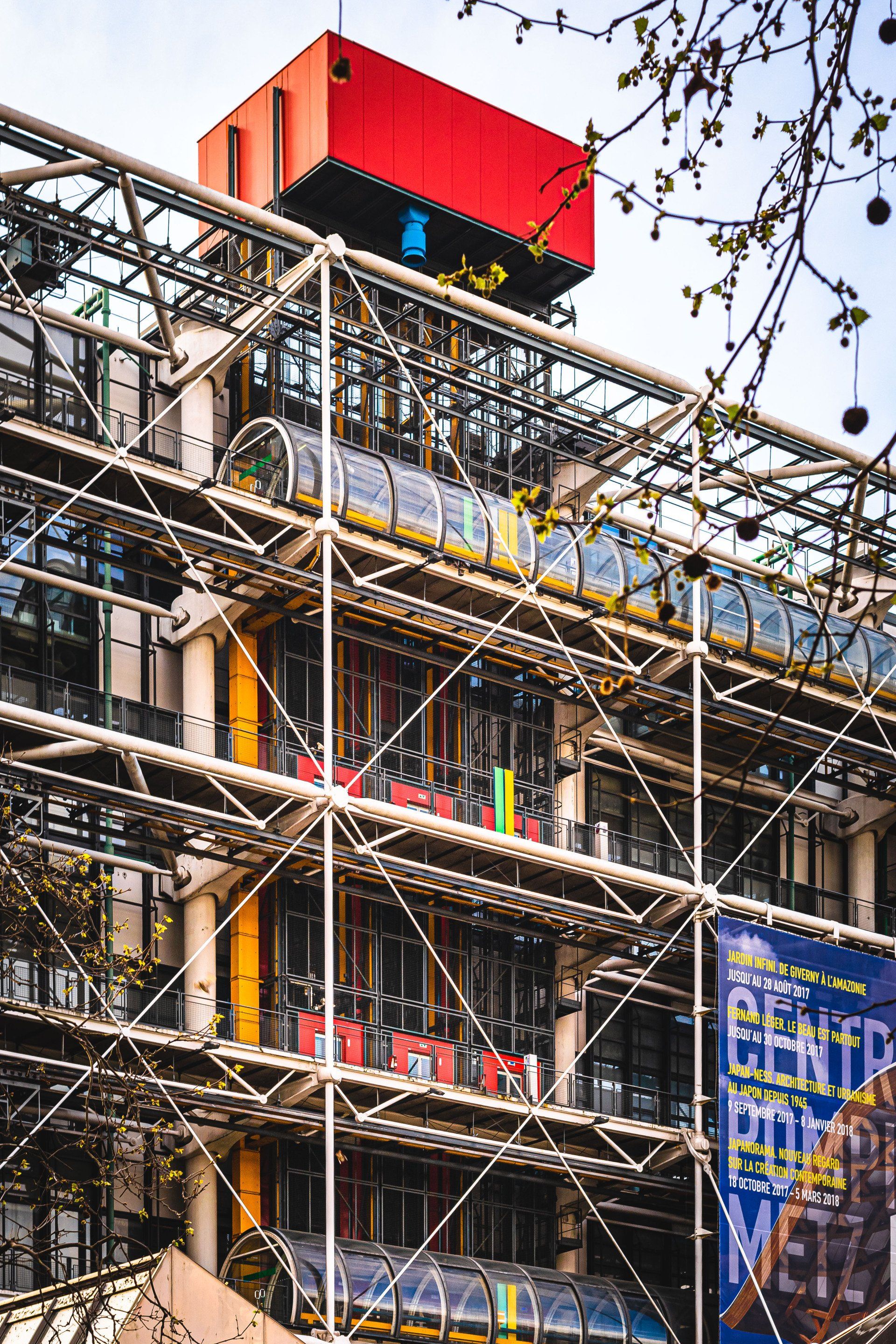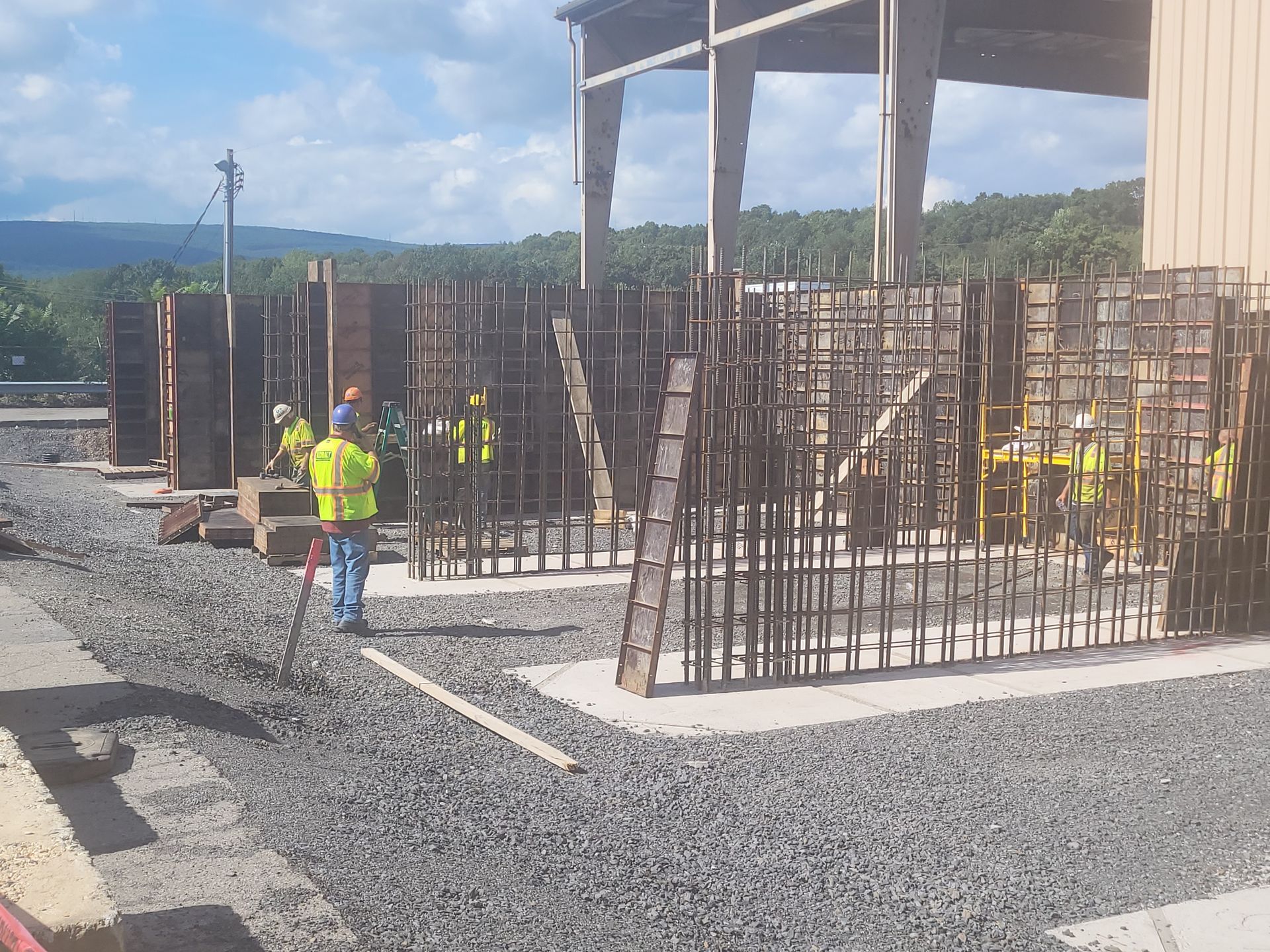Top Commercial Construction Trends for 2025
The commercial construction industry is always evolving. New technologies, materials, and practices are constantly reshaping the landscape.
As we approach 2025, several key trends are emerging. These trends are set to redefine the industry, influencing how we design, build, and manage commercial spaces.
From the rise of smart buildings to the adoption of sustainable practices, these trends reflect a shift towards innovation and efficiency. They also highlight the industry's response to global challenges such as climate change and urbanization.
This article will dive into the
top commercial construction trends for 2025. It will provide insights into the construction market outlook and discuss the latest building industry trends.
We will also address the challenges in the construction industry and how they are being tackled. Whether you're a construction professional, investor, or simply interested in the future of construction, this article will provide valuable insights.
Stay tuned as we explore what the future holds for commercial construction.
Photo By: The Hartford
The Rise of Technology in Construction
Technology is transforming commercial construction at an unprecedented pace. It is revolutionizing how projects are planned, executed, and monitored.
One major advancement is the integration of AI and
machine learning. These technologies enhance efficiency by predicting project outcomes and optimizing resource allocation.
Additionally, AI helps in identifying potential issues before they arise, thus minimizing delays and costs.
Another significant trend is the adoption of
Building Information Modeling (BIM). BIM provides a digital representation of buildings, fostering collaboration among stakeholders. It improves project accuracy and facilitates better decision-making throughout the construction process.
Lastly,
3D printing holds immense potential in construction. This technology allows for the creation of complex structures with reduced material waste. 3D printing not only speeds up the building process but also offers innovative design possibilities. As these technologies continue to evolve, they will play an even greater role in shaping the construction industry.
Embracing Sustainability and Green Building Practices
The future of commercial construction is undeniably green. As environmental concerns mount, the industry is focusing more on sustainability and reducing carbon footprints. Sustainable materials and eco-friendly construction are rapidly gaining traction as essential components of modern building practices.
Incorporating green building certifications and standards is becoming a priority for developers. Certifications like LEED and BREEAM ensure projects meet environmental benchmarks, enhancing the building's value. Achieving these certifications is not just a trend, but a commitment to responsible building practices that benefit both the planet and businesses.
Another promising development is the integration of
urban green spaces and
biophilic design elements. This approach connects indoor environments with nature, improving the well-being of occupants. Green roofs, vertical gardens, and indoor plants are increasingly incorporated into designs, promoting a healthier and more aesthetically pleasing environment. Such practices not only foster sustainability but also enhance the quality of life in urban settings.
Smart Buildings and IoT Integration
The concept of smart buildings is becoming central to commercial construction. Smart HVAC and energy-efficient systems are being implemented to optimize energy usage and enhance indoor comfort. These technologies not only reduce costs but also minimize the environmental impact of buildings.
The integration of the
Internet of Things (IoT) is revolutionizing building management.
IoT devices allow for real-time monitoring and control of various building systems, significantly improving efficiency. This technology enables automatic adjustments and maintenance alerts, ensuring buildings operate at peak performance. As IoT becomes more widespread, buildings are becoming more intelligent, responsive, and resource-efficient.
Photo By: Michael Page
Modular and Prefabricated Construction
Modular and prefabricated construction are transforming the construction industry. These methods involve creating building components in a controlled factory environment before assembling them on-site. This approach offers numerous benefits, such as reducing waste, improving quality control, and enhancing precision.
The efficiency of
modular construction can significantly cut down on construction times and costs. Projects that would traditionally take months can often be completed in weeks. By minimizing delays and weather-related disruptions, this method helps meet tight deadlines and budgets. As a result, developers are increasingly adopting modular techniques to stay competitive and deliver projects swiftly.
Safety Innovations and Construction Site Security
Safety is paramount in the construction industry, and new technologies are enhancing protection on-site. Innovations such as wearable safety gear and drones for monitoring are leading the charge. These tools help identify potential hazards early, reducing the risk of accidents and improving overall site safety.
As the construction industry becomes more digital,
cybersecurity is increasingly vital. Protecting data and ensuring secure operations are necessary. Systems that manage building information and project data must resist cyber threats. This focus on cybersecurity ensures that technology enhances efficiency without compromising safety or privacy.
Addressing the Skilled Labor Shortage
The construction industry faces a skilled labor shortage, impacting project timelines and costs. Workforce development and training programs are essential to bridge this gap. By investing in education and upskilling, companies can cultivate a competent workforce ready to tackle future challenges.
Automation and
robotics are also emerging as viable solutions. These technologies can perform repetitive tasks, reducing the reliance on human labor. Advanced machines increase efficiency and precision, allowing skilled workers to focus on more complex aspects of construction projects. Adopting these innovations helps the industry adapt to the changing labor landscape.
Economic and Regulatory Influences
Global economic trends significantly affect the commercial construction industry. Fluctuations in currency, interest rates, and trade policies can either propel or hinder construction growth. Understanding these dynamics is crucial for stakeholders to make informed investment decisions and strategize accordingly.
Government regulations and incentives also play a pivotal role. Policies aimed at sustainability, like tax breaks for green building practices, encourage eco-friendly initiatives. Meanwhile, stringent regulations can increase compliance costs but drive industry standards forward.
Staying abreast of these influences is vital for navigating the evolving construction landscape efficiently.
Challenges and Solutions for the Construction Industry
The construction industry faces persistent challenges, notably supply chain disruptions and material shortages. These issues delay projects and inflate costs, impacting profitability and project timelines. Diversifying suppliers and employing local sourcing strategies can mitigate these risks.
Balancing cost, quality, and sustainability remains complex. Achieving this equilibrium requires careful project planning and innovative solutions. Utilizing value engineering to optimize resource allocation can ensure high standards without overshooting budgets.
Adapting to new building codes and standards is essential for compliance and competitiveness. These regulations often focus on sustainability and safety, urging construction practices toward modernity. Continuous professional development and integrating advanced technologies are key strategies for seamless adaptation.
Conclusion: Preparing for the Future of Commercial Construction
At Kobalt Construction, we recognize that the commercial construction landscape is evolving at an unprecedented pace. Adaptability and innovation are essential for navigating these changes effectively. By embracing new technologies and sustainable practices, we ensure resilience against market shifts and regulatory updates, ultimately benefiting our clients and the communities we serve.
Collaboration within the industry is paramount in overcoming the challenges we face. By working together, we can share resources, expertise, and innovative solutions, leading to successful project outcomes and a more robust construction sector. At Kobalt Construction, we believe that our partnerships across various industries will drive transformation and excellence in commercial construction.
To stay ahead in the rapidly changing construction environment,
contact Kobalt Construction. We invite you to reach out to discuss how our expertise can help you navigate commercial construction trends and capitalize on new opportunities. Together, we can build a sustainable and innovative future for the construction industry.

